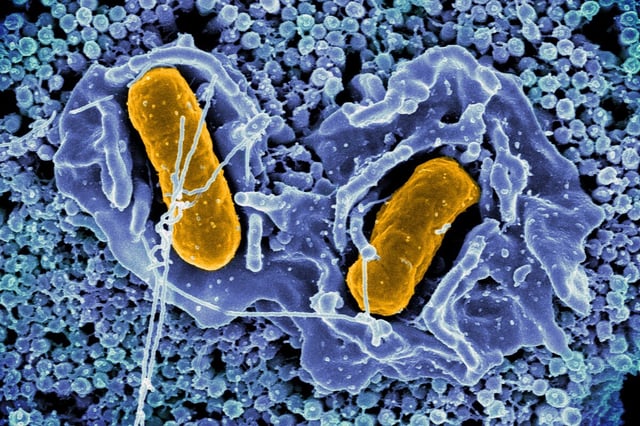Overview
- The weakened Salmonella typhimurium was programmed to colonize tumors and synchronously self‑lyse, releasing the immune protein LIGHT on site.
- LIGHT activated the HVEM pathway to boost group 3 innate lymphoid cells and drive T cell activity, therapeutically inducing mature tertiary lymphoid structures.
- In mouse models, the approach reduced tumor growth, extended survival, and in some cases achieved complete tumor control.
- The therapy was well tolerated in vivo with no detected off‑target organ accumulation and it helped restore a healthier gut microbiota.
- The peer‑reviewed study, led by NUS Medicine and Central South University and published in Science Translational Medicine, will advance through additional testing before human trials.
